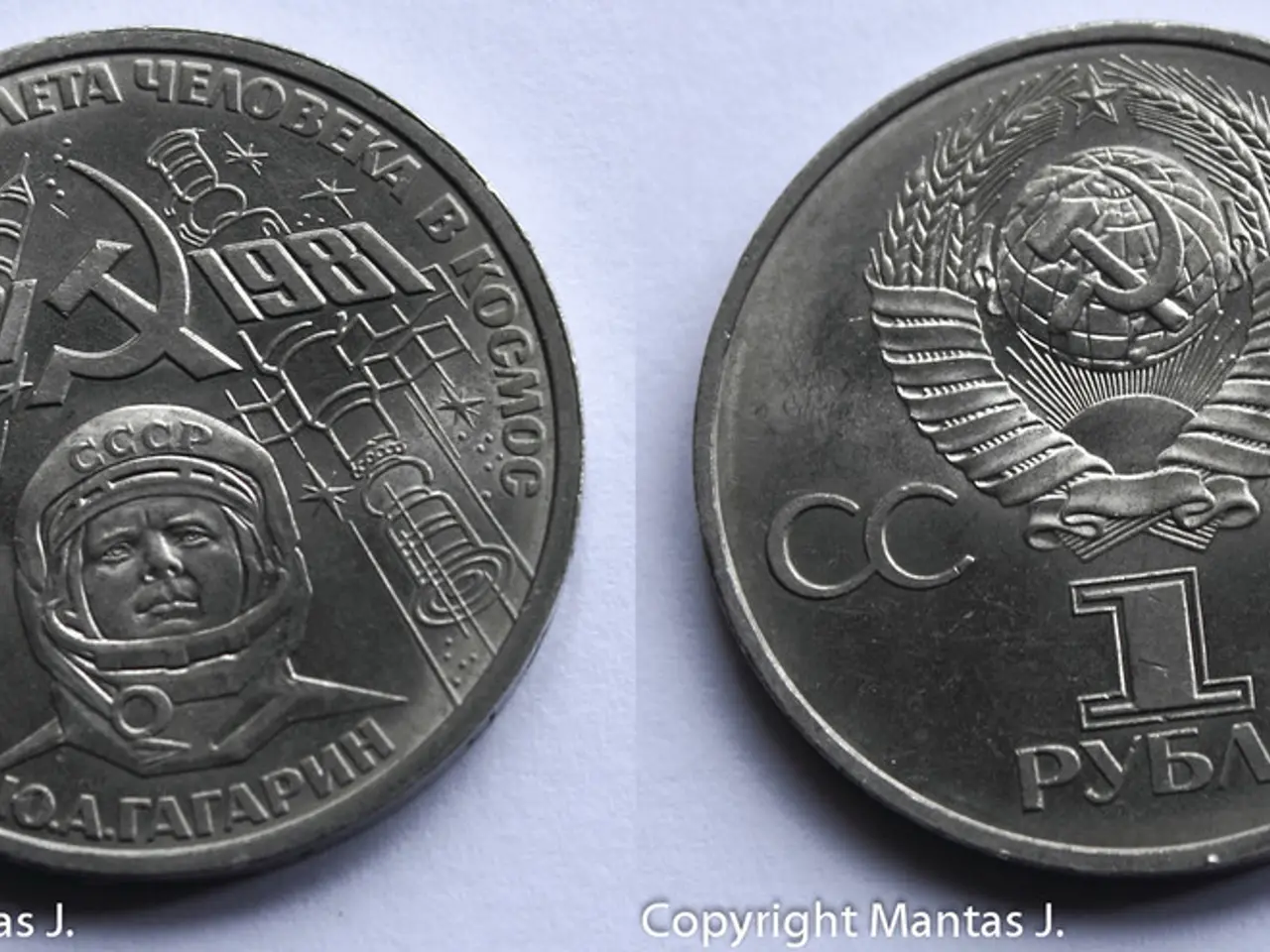Executive at ICE discusses perspectives on stablecoins and tokenized collateral assets
In a significant shift for the financial industry, the tokenization of collateral in derivatives exchanges and clearinghouses is gaining momentum. Major market participants are actively exploring and piloting the use of tokenized assets, particularly tokenized money market funds (MMFs), to post margin in cleared derivatives trading.
Key players in this development include Intercontinental Exchange (ICE) and CME Group, both of which have announced plans to explore tokenized collateral following regulatory encouragement. Notably ahead is Eurex, a European exchange that has secured regulatory approval for tokenized collateral usage, benefiting from its parent Deutsche Börse's partnership and investment in digital collateral firms like HQLAᵡ. The Depository Trust & Clearing Corporation (DTCC), a key player in clearing and settlement infrastructure, is also likely to be impacted by industry-wide digitization trends.
The Futures Industry Association (FIA) is driving the conversation, publishing reports and white papers advocating for the adoption of tokenization in collateral management. They emphasize tokenized MMFs rather than tokenized cash, citing yield advantages on collateral and regulatory maturity concerns related to central bank digital currencies (CBDCs) and stablecoins.
The potential impact of tokenizing collateral is substantial. Improved speed and efficiency can be achieved by cutting settlement times from days to minutes, enabling near real-time transfer of collateral, particularly transformative for non-cash assets. Liquidity and capital efficiency are also enhanced, as tokenized collateral enables faster collateral mobility and unlocks liquidity, potentially lowering the amount of collateral firms need to hold and improving capital allocation efficiency.
Other benefits include extended trading hours and 24/7 operations, decoupling collateral settlement from traditional banking hours to support more continuous trading and risk management. Risk reduction and automation are also achievable through distributed ledger technology, which reduces errors caused by duplicative recordkeeping and manual reconciliation, and smart contracts that automate collateral management actions based on predefined conditions, enhancing operational reliability.
Regulatory bodies such as the Commodity Futures Trading Commission (CFTC) are piloting tokenized collateral frameworks, indicating growing regulatory openness. However, the FIA notes that regulatory clarity around stablecoins and CBDCs is still evolving.
Examples of this development include the top 10 central counterparties (CCPs) holding nearly $915 billion in initial margin, with the top five CCPs (LCH, CME, ICE, OCC, Eurex) accounting for a large share. Among these, while LCH has been cautious, it has launched platforms like LCHDigitalAssetClear for Bitcoin derivatives, signaling interest in digital assets. BlackRock’s tokenized money market fund (BUIDL) has recently been accepted as collateral on multiple exchanges, enhancing flexibility and capital efficiency for institutional users.
In conclusion, the industry is at a critical inflection point where tokenization is transitioning from experiments to practical deployment, particularly with tokenized money market funds as collateral. This promises greater speed, liquidity, operational efficiency, and risk reduction for derivatives clearing and settlement. However, full-scale adoption relies on continued regulatory clarity and infrastructure development across these leading exchanges and clearinghouses.
- Intercontinental Exchange (ICE) and CME Group, along with Eurex, are actively exploring tokenized collateral in derivatives trading, following regulatory encouragement.
- The Futures Industry Association (FIA) emphasizes that tokenized money market funds (MMFs) offer yield advantages on collateral and can potentially lower the amount of collateral firms need to hold, improving capital allocation efficiency.
- Improved speed and efficiency can be achieved with tokenization, as it allows for near real-time transfer of collateral, particularly for non-cash assets, enhancing liquidity and capital efficiency.
- Regulatory bodies like the Commodity Futures Trading Commission (CFTC) are piloting tokenized collateral frameworks, indicating growing regulatory openness, although regulatory clarity around stablecoins and central bank digital currencies (CBDCs) is still evolving.




